There is a myth that pervades the art world that I think is very harmful and would like to address here: The Myth of the Suffering Artist. Not quite the same as The Myth of the Starving Artist, which I’ll tackle in a future post. The patron saint of the Suffering Artist is Vincent Van Gogh, and this myth centers around the connection between mental illness and artistic talent/creativity. Since May is Mental Health Awareness Month, I think it’s prime time to tackle this myth head on.
If you’ve been following along in my Muddy Colors articles, or my work with Drawn + Drafted, you’ll know I care deeply about the mental health of artists. Over years of art directing my illustrators and designers, and years of answering questions on Dear Art Director, it’s become clear that many, if not all, artists struggle with some kind of mental health issue at some point in their career (if not continuously throughout it). Questions about Mental Health issues take up at least half the inbox of DearAD at any given time. Because of this, I have been on a mission to better understand the psychology of why people become artists, in the hopes of giving better advice, and pointing artists toward better resources. I am currently exploring a secondary professional path combining Art Therapy and the Psychology of Creativity, and I’ve spent the last few years doing a ton of research into the mental development and health of artists. That said, I am not a doctor, or a therapist (yet), and the article below is only a rough guide to where the Psychology and Neuroscience of Artists is at the moment. I am not a researcher or an expert. This article is meant to set you on the path to researching and thinking about these issues for yourselves.
I think it’s critical to share this info for many reasons, but most importantly because I am taking a stand against the pervasive fear that if artists look too closely at their origins, at why they are artists, and at their methods, then the well will suddenly run dry from overscrutiny. Creativity feels like magic to us, and thus we think it defies and resists explanation. I promise you, this isn’t true. The more we understand about why our minds work this way, and why they turn to creative outlets, the better we will be able to control and fine-tune that method. And furthermore I want to put to rest the deep fear that many artists have that if they treat their mental illness it will interfere with their creativity as a whole.
Are Artists “Crazy”?
So, let’s start off with something we’ve probably all asked ourselves at some point: Are artists more likely to be mentally ill? From artists self-reporting on social media, it definitely starts to feel that way. Historically, there certainly seems to be a correlation. Whether it’s Vincent Van Gogh cutting off his ear, or Baudelaire going mad, or Proust locking himself in cork-lined rooms because he was pathologically sensitive to noise — many of our most revered artists definitely suffered from mental illness. So what’s the chicken and what’s the egg? Does mental illness cause creativity? Or does creativity cause mental illness? Back in the 1930s, a psychologist named Otto Rank, who was the psychoanalyst to the infamous Paris Circle of writers and artists (Anaïs Nin, Henry Miller, etc), and a student of Freud, formed the thesis that there are some people who take in more sensory information than others, and those people fall into two categories: If you figure out an outlet for this extra sense information then you become an Artist (we would say creative now, since he meant authors as well) but if you do not find a way to offload or channel this extra mental and emotional input then you become a Neurotic. He refers here to the academic definition of neurotic as someone with neuroses — and by that he means Anxiety and/or Depression. (As opposed to Psychoses, which is the designation disorders like Schizophrenia fall into.) These ideas were published in his book Art and Artists. This is the first time being an Artist is linked to an extra level of sensory input.
This theory was picked up again by Elaine Aron in the 1990s in her research into Highly Sensitive People (HSPs). Elaine also proposed that a certain segment of the population (about 15-20%) takes in more sensory and emotional input than the rest of the population. This makes them more likely to show greater empathy and creativity — but it also makes them more likely to suffer from anxiety, depression, misophonia (being excessively bothered by sound) and other neuroses. In the last few years Aron’s theories have become more firmly backed up by hard neuroscience. She proposed that this segment of the population had a “leaky valve” — which means their brains took in more sensory information than was strictly needed for survival. If you’ve read Aldous Huxley’s Doors of Perception about his experiments with hallucinogens you’ll find an overlap with his “reducing valve” theory, which proposes that the brain filters out up to 80% of the sensory information our senses absorb in order to survive — and hallucinogens interfere with this mechanism, letting all the sense info flood in unfiltered. So, in a way, it’s like Artists are on a partial hallucinogenic trip (as compared to the other 80% of people) all the time. If you’ve ever taken a hallucinogen, you know first-hand how extraordinarily creative it can be — but also how close to impossible it is to productively capture any of it on paper, because you are constantly swept away by the strength of the sensory input. (Note I am not suggesting that anyone take any kind of drug, especially illegal ones, just noting the similarities.)
I highly recommend taking the quiz on Aron’s website and reading the new revised edition of The Highly Sensitive Person — many many of the most creative thinkers I have known exhibit signs of HSP — Darwin, Kafka, and Proust were all famous for being highly distractable by sounds. It can be incredibly gratifying to read the explanations why you may feel the way you do, down to the neuroscience explanations. (Spoiler: it’s all wired into our dopamine and serotonin systems.)
I’ve been talking mostly about Neuroses (again, think Anxiety/Depression spectrum) but there has been fascinating research into relation between Creativity and Psychosis as well. There have been a number of studies looking at families that have a line of Schizophrenia (like mine). It turns out when researchers looked at the members of the family that are in the genetic line but don’t show signs of schizophrenia, there is a wildly greater chance (than people in non-schizophrenic families) that those relatives will gravitate towards creative and artistic careers and hobbies. These studies are still very recent, but have produced some incredibly fascinating leads. Fredrik Ullén, one of the study’s lead authors, proposed that “Thinking outside the box might be facilitated by having a somewhat less intact box.” I have to admit that’s simultaneously comforting and alarming to me.
From all these theories, I think we can settle the chicken and egg problem: the extra sensory input sets the stage for someone to become an Artist, but it also makes them more susceptible to mental illness. Honestly, that’s rarely a black and white issue — most of us are somewhere in the middle. Most importantly, a very critical point has come out of these studies: Treating the mental illness does not take away the creativity. It can be a long process of trial and error to find the right combination of therapy and, if needed, medication, to help the symptoms of mental illness, and some medications may affect focus, but overall the research seems very clear that even though artists may be more prone to mental illness, treating the symptoms does not stop the flow of extra sensory information that makes you a creative person.
Does Trauma Create Artists?
This is another nuance of the Myth of the Suffering Artist: Do you need to have something terrible happen to you to become a great artist? If Van Gogh is the example of Mentally Ill Artists, then Frida Kahlo is the most famous example of the Traumatized Artist. Frida Kahlo was in a terrible bus accident in her teens, and spend the rest of her life in nearly constant pain, and often bedridden. She is most famous for her self-portraits that depict her pain both metaphorically and literally. There is a common belief about many artists and creative thinkers that some kind of physical or emotional trauma “created” the artist. And this is another issue of confusing the chicken and the egg: the potential for artistic ability was always there, but the person turned to creative output finally as a way to either process trauma or fight boredom and give themselves purpose — there have been many authors and artists who started their careers bedridden or had a sickly childhood where they were kept isolated from other children and turned to creativity as a way to cope.
Victor Frankl’s book Man’s Search for Meaning deals with this issue of trauma and creativity head-on. Frankl was a holocaust survivor, and he wrote about why some people were able to cope with the horrible circumstances of the concentration camps better than others. Although he uses the term “purpose” rather than “creativity” there is a great deal of overlap in definition. It was the people who had a purpose that were more resilient under horrifying conditions. And many people find their “purpose” in creative output. He wrote “When we are no longer able to change a situation, we are challenged to change ourselves” and that is the beginnings of creativity. Yet trauma shouldn’t be sought out in order to “make” an artist. The potential for creativity is already present — and that person can access that creativity at any time. However, as most of the readers of this blog know, creativity is not easy, and often people do not find their creativity until they are forced to find it to survive.
What Can We Do?
First of all, if you’re struggling with the belief that you are “broken” in some way, or “damaged”, know that many of us feel that way, and it is not true — there are biological reasons underlying many of the mental health issues you may be facing. Most importantly, you should reframe your thinking: you are not broken, and mental health issues are not simply “the price you pay” for being an artist. Start with making sure you’re not embracing the Myth of the Suffering Artist. It’s sneaky, and it comes up as an excuse for bad behavior and unhealthy choices over and over in our field.
Next, feel assured that finding out more information about how your mind works will not lessen your creativity nor take away the “magic”, or lead to creative block. You may be a little more self-aware for a time as you start to look deeper, but that will pass and you’ll actually feel more control over what we’ve been culturally taught to believe are the unavoidable whims of your Muse. If you are not currently suffering from a mental health issue, then pick up one of the books in this post, and start reading. If you are suffering from mental health issues, then seek help. I am not embarrassed in the least to tell you that I have been in weekly therapy for years and I will continue to be as long as I have the privilege to afford it. If you have insurance, get on your provider’s website and see what coverage you have. They should also have a list of network providers in your area. With a little Google research you can probably find some that specialize in exactly the issues you are facing, and may even state they have experience in artists as clients. If you don’t have insurance, don’t give up hope — many therapists have a sliding scale for non-covered people. There are also non-profit mental health clinics in major cities where you can join either personal or group therapy sessions for free. And there’s also apps like TalkSpace popping up, which exist to provide remote therapy at affordable prices. A doctor or therapist may recommend you see a psychiatrist, which is the kind of doctor who can prescribe mental health drugs. The difference between Psychology and Psychiatry can be a little confusing, so check out this article.
I’m not going to lie, finding the right treatment from the right people is a journey of trial and error and a lot of internet research…but it IS worth it.
Takeaways:
—There is a link between creativity and mental illness — but you do not need to have mental illness to be an artist.
—It seems likely that most people become artists first as a form of self-therapy, either as a way to process extra sensory information they are genetically pre-disposed to pick up on, or as a response to trauma.
—Treating the mental illness does not harm or lessen creativity — and it is worth taking the time to find out what treatment works best for you.
—Although many artists begin creating to deal with trauma, you should not seek it out in order to become an artist.
If you’d like a good book that’s an overview of a lot of what is in this article, check out: Wired to Create By Scott Barry Kaufman and Carolyn Gregoire. It gives a nice overview of the 10 qualities that are universally found across all creative minds, and touches on the science behind each one. I found it a great outline that then points you towards deeper resources in the areas you’re interested in.


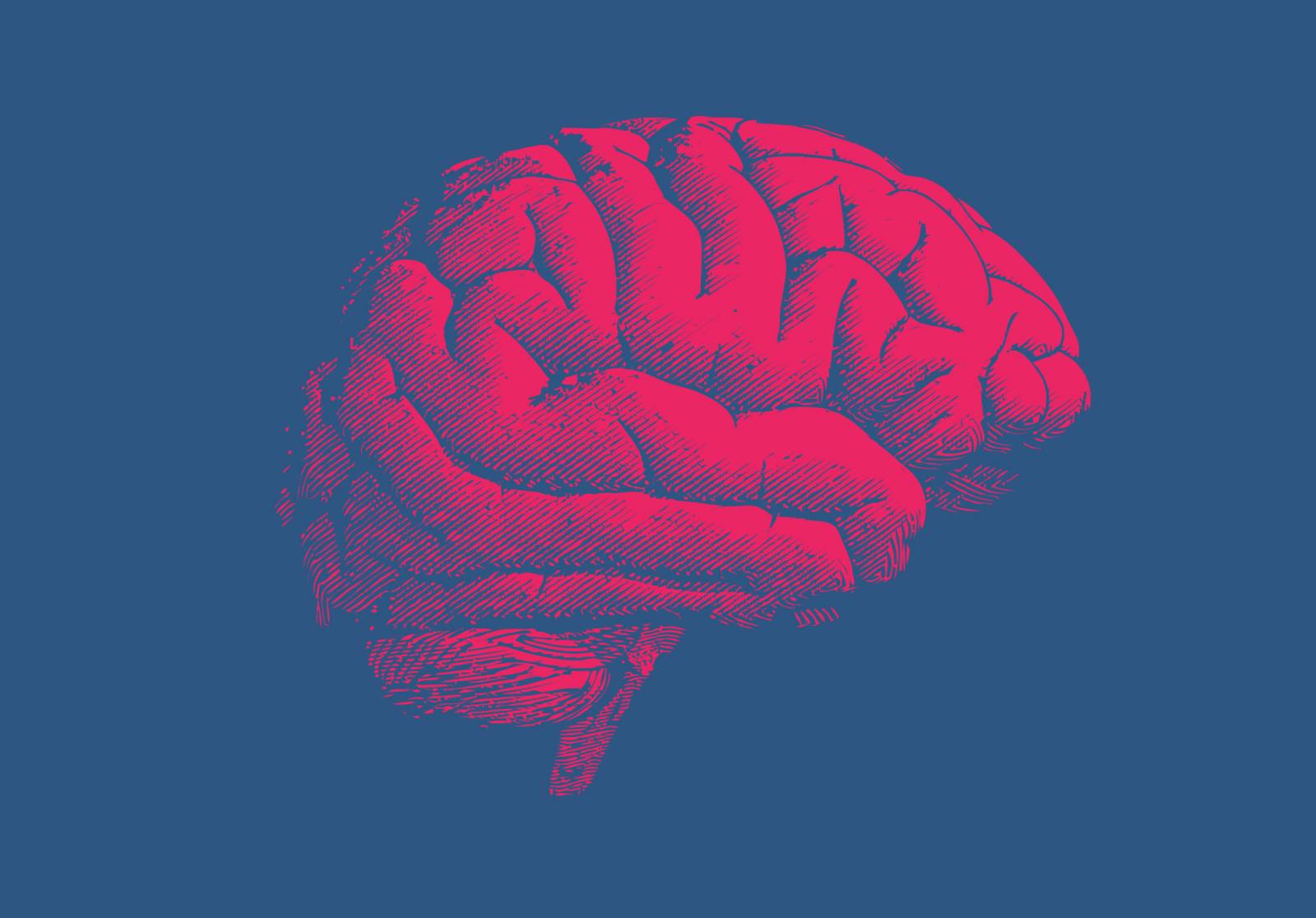
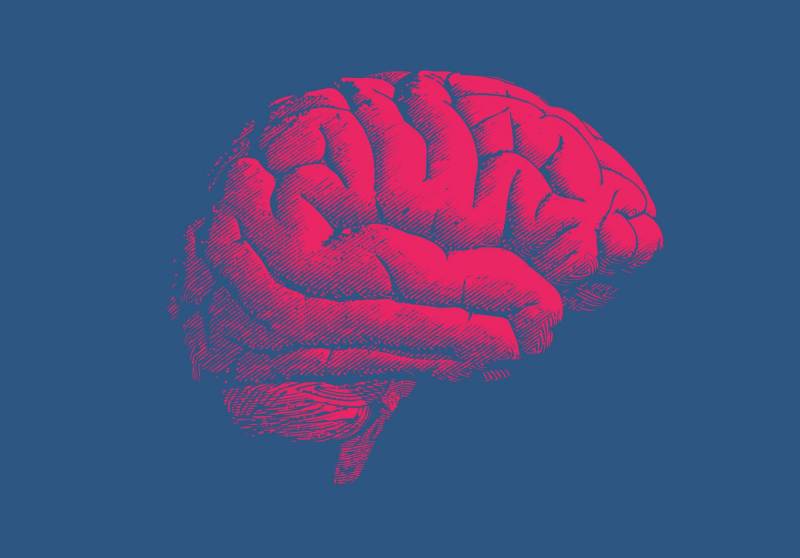
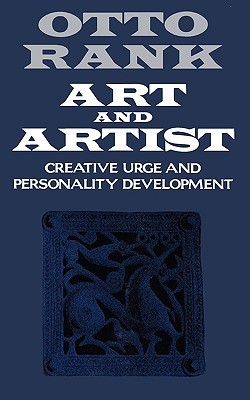
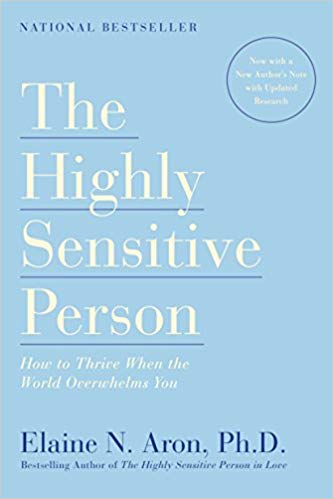
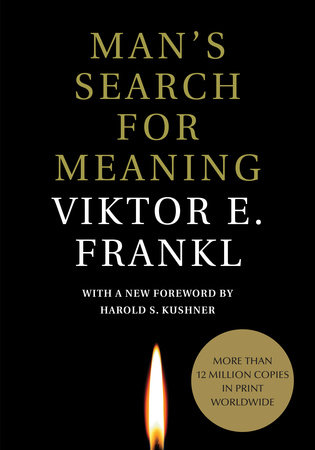
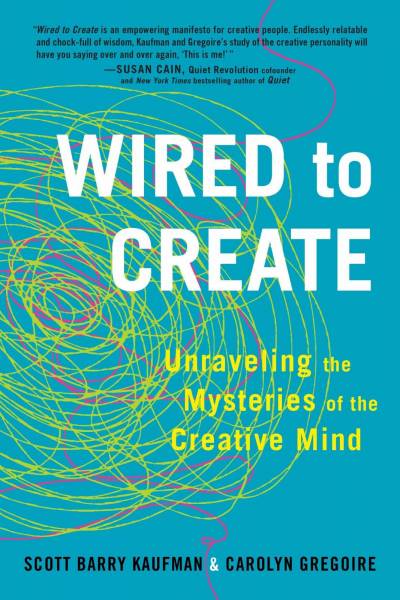
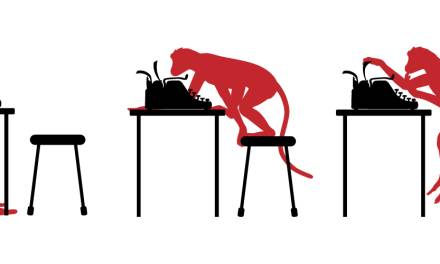
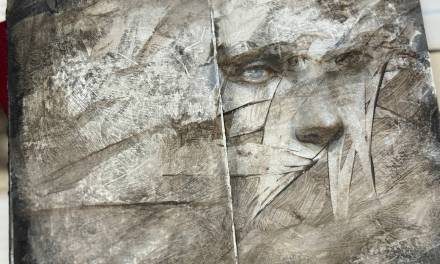



As a former neurobiologist-turned-artist, I appreciate this post a lot.
Plus, it may explain why I used to have to take down and hide wall clocks in order to sleep ?
Same here! I definitely have the highly sensitive to sound bit, or I should say, particular types of sound. The ticking of wall clocks when I’m trying to sleep is, oddly, a major disturbance!
I know, I have terrible sound distraction when i’m trying to work especially — thank goodness for big padded headphones and loud music!
Great article with awesome resources! 🙂
Thanks Echo!
Excellent post. I recently started taking therapy sessions for anxiety and I’ve always believed for me skill was never holding me back that would improve over time. What did hold me back was my state of mind and how I perceived myself improving and taking on challenges. When I realised even with the absence of art that anxiety seeped into everything else I knew it was the root of my artistic problems, another thing that helped me was the Myer-Briggs Personality Test they my friend recommended me, it’s not a hard science but it can give inside to how your mind is structured and processes things
Yes, that’s the key right? Managing our minds so that there’s as few obstacles between us and creating as possible. Keep chipping away!
Hey Lauren,
I found this an incredible worthwhile read, because it makes things so much more understandable for me (and I certainly hope for others as well).
Just sketching this because I think it does add to the stuff you’re researching into. (read: feel free to ignore or use (if you need more info, just mail me)).
At a young age I was already creative but I never actually got into arts. Yeah, I did go half a year to art school, it was too much like a kindergarden hobby project thing with the teacher calling the shots. But I satisfied my artistic urges by painting toy soldiers, or modeling kits stuff.
When I got a job, in the beginning it gave me lots of creative opportunities to solve issues. But due to company decisions that creativity was taken away bit by bit from us. In the end, even though we certainly had a lot of work pressure put on us, I now am convinced that the main contributor to the 2 burnouts I suffered were the loss of creativity in my job.
During that first burnout I noticed that any kind of creativeness was helping me recover, and I started artschool, picked up an instrument again. Reading your article, I think I discovered my leakage valve again. I have since gone to art school, attended several SmArtschool semesters with both Marc and Greg, surveyed Donato’s and all the extra classes I could (Todd, Dan etc) and in 2016 decided to derail my engineering career onto a completely different path and become an illustrator (well, all people on here inspire me).
Having just read James Clear Atomic Habbits book on talent where he explains we are born with a kind of genetic preconception to like doing certain things, you article just hit a string convincing me I have made the right choice switching my career.
Thank you.
Christof
PS: your article and James Clear book have also made me realize what “talent” actually is, it’s nothing more than a genetic disposition to enjoy doing a certain thing, to allow us to not be bored by doing it. And as a student of Greg’s (who’s quite vocative about talent not existing) I actually think this might even be a definition that he would be able to agree with.
I agree! These things are absolutely all intertwined. I’ve had the “talent myth” conversation with Greg many times and I think we agree that there are physical aptitudes that make you better or worse suited to a particular activity (aka you can like basketball and practice as much as you want, but if you’re not over 6′ high you’re at a natural disadvantage if you’re trying to be a pro). And the more research there is into the neuroscience, the more it seems that some people really are predisposed to noticing more sensory material, which sets the stage for artmaking. But plenty of people who have this physiological difference don’t become artists, and many that don’t have it still do become artists.
As far as art as therapy goes, that’s exactly what I’m studying on the Art Therapy path. Stay tuned for more articles on that! But the short answer is, yes, there’s an entire school of thought under the umbrella of Art Therapy that is called “Open Studio” Philosophy which says the making of art is theraputic regardless of what art is produced.
Water dripping from a near sink wont let me sleep at night…Excellent post and thanks for sharing
I’m definitely more of a mouth-sounds person. I can hear someone chewing from 100 yards away.
Thank you for sharing Lauren, it’s always good to not feel alone with these things.
Fantastic! I’ve found myself more aware of disturbing sounds around in my environment since I picked up painting and drawing. I rely heavily on my food as comforting and soothing stuff when my creations aren’t the way I imagined. I mind barking dogs outside, humming sounds of hover machines, too much noisy people etc. It is great to know that there’s hope of curing my self from this. in this point I feel like art gave me a lot but that there’s a toll at the same time
Hmmm. I have the opposite problem. I have to have sound in order to paint/sketch. Music or podcast/tv background noise. At night I need white noise in order to sleep.
According to Buddhism anger is pathology not passion. Until artists understand reckless behavior is the bane of their existence, I don’t see how mental illness can be addressed. Some actually pride themselves on their anger. Ever heard of bipolar anger or CEO disease? http://www.liheliso.com/buzz/archive/00000482.htm
Hi
As a psychotherapist I must say anger is a normal, healthy part of our emotional functioning. It provides the energy to protect ourselves from harm. Most of the trouble my patients have is in repressing and denying it , which tends to cause issues with shame, depression and anxiety.
Reckless behaviour is not anger, it is a behaviour, which can have many causes.
Bipolar disorder is an illness; a disturbance in normal function where people often behave our of character, and which cannot be controlled by willpower or good thoughts.
For far too long (I’m 55) I had a horrible fear that taking medication for my depression would reduce me to writing Muzak and painting happy faces while decked out in Izod pink shirts and deck shoes with no socks. Three years on, that hasn’t been the case. But I will alert you if it does…
I do wonder how many opportunities I self-sabotaged over the years; but what’s done is done. My loved ones are thankful, and my art and music hasn’t suffered at all. On the contrary, I’m able to create more consistently without loss of fire or intensity.
You can;t beat yourself up over the past, Mark. I’m glad you’re finding something that helps. It takes a lot of trial and error, and it’s a scary process. But all we can do is keep trying to fine tune and take care of our selves.
Excellent Posting! There are a few other considerations regarding this topic. The first is that research has found there to be a similarity n the way the brain works when someone is being creative and when someone has a mental illness. Without getting technical, suffice it to say that one doesn’t cause the other but one mimics the other, which is why it seems there is a closer correlation than there is. The second thing is that people with mental illness tend to perseverate and focus on things more than the average person without a mental illness. Therefore, artists with mental illness will arrive at more solutions and put more concentrated effort into a piece, which will increase that chance that it will be a successful work of art. A third thing is a traumatic event may not cause someone to be more creative and besides from using art to deal with a traumatic event, the traumatic event can cause someone to be compelled to do the art, not just because it helps process the event but because it creates an inner compulsion or need. In its extreme form, it is Creative Compulsive Disorder.